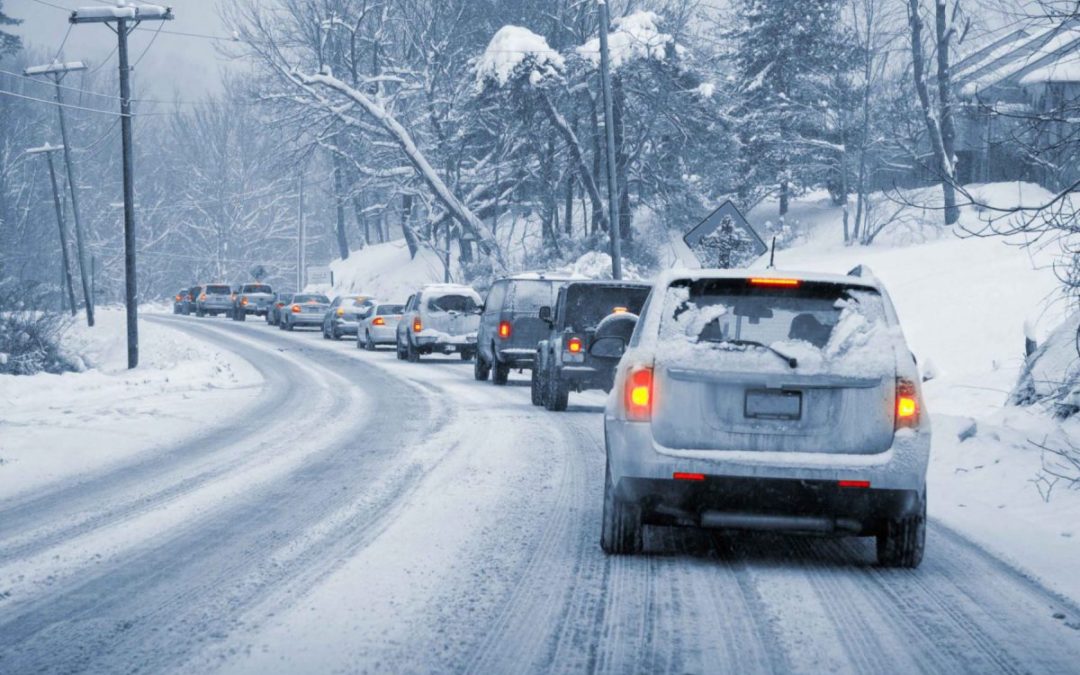Let it snow, let it snow, let it snow. As long as you don’t have anywhere to go. According to the National Highway Traffic Safety Administration, 17 percent of all vehicle crashes occur in the winter… which means driving in the snow is almost as dangerous as driving distracted (25 percent).
Can’t avoid the worst of the weather? Discover these driving in the snow tips:
- Empty the exhaust pipe. Did you know a blocked exhaust pipe could be deadly? If snow or ice got stuck there after a storm, it would block the only exit for carbon monoxide… which means it would slowly start filling your car.
- Scrape your headlights and taillights. Before you drive away, take a quick walk around your car. If you can’t see your headlights, neither can the car in front of you. And if you can’t see your taillights, neither can the car behind you.
- Always have a half tank of gas. It doesn’t matter if the tank is half full or half empty. All that matters is having a half tank. Why, you ask? Well, in the winter, condensation can form in the empty part of your gas tank. If it freezes, it can ice your fuel lines – making it impossible to start your car… and possible to get stranded.
- Keep a first-aid kit in your car. Stock up on emergency essentials, like a flashlight, warm blanket, foldable shovel and food. (See the complete list of 14 things you should keep in your car.)
- Give yourself space. Everything takes longer on snow-covered roads: accelerating, turning and stopping. Still, drivers constantly underestimate how long it takes to brake. While the normal following distance is three to four seconds, in the snow, it should be increased to eight to 10 seconds.
- Go slow on ice and snow. Speed limits are based on ideal conditions. In the worst of winter, driving below the speed limit can keep you from skidding and/or spinning.
- Avoid the cruise control. When you’re driving on a slippery road, it’s better for you to be in control – not your car.
- Overestimate your travel time. When you’re driving in the winter, you have to take extra precautions… which may take extra time. Try to leave early, knowing you could still arrive late.
- Watch the weather. Before a long-distance trip, tune in to your TV. If the weather is expected to get worse, delay your drive. If that’s not an option, share your route, destination and estimated arrival time with at least one person.
Learning about driving in the snow? It’s just the tip of the iceberg. Don’t miss out on 8 expert tips for driving in the fog or 8 bright ideas for safer night driving.


